Silvia Venturini Fendi on luxury, lineage and looking to the future: ‘If it reminds me of something we’ve already done, we move on’
As Fendi kicks off its centenary year, Wallpaper* fashion features editor Jack Moss meets its third-generation artistic director, Silvia Venturini Fendi, in Rome to discuss a life in style
Ramona Deckers - Photography
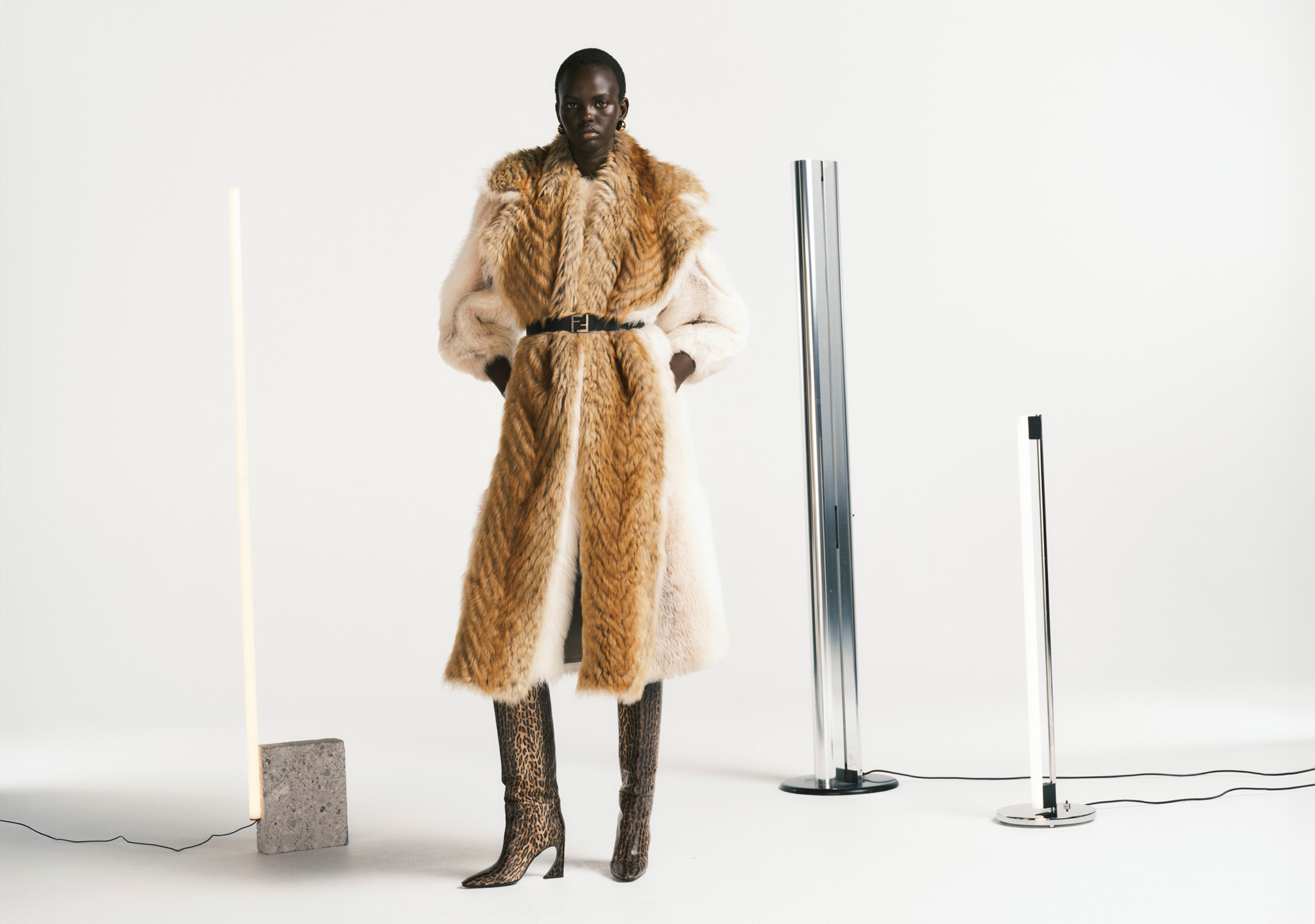
Though it is everywhere around her, Silvia Venturini Fendi does not like to reside in the past. A scion of the Fendi dynasty – a largely matriarchal lineage – she first visited the Roman fashion house’s atelier on Via Borgognona aged one, and grew up there, watching her mother Anna and her four sisters, Paola, Franca, Carla and Alda, at work (they had inherited the fur and leather goods workshop from their parents, founders Adele and Edoardo Fendi, transforming it into a globally recognised brand).
Aged five, she met Karl Lagerfeld at the beginning of his 54-year tenure at the house – she remembers her mother’s excitement at his visits, and her own desire to follow him around to find out why – later working alongside the designer when she joined the company officially in 1992 (she briefly escaped to Rio de Janeiro, where she made jewellery on the beach). Two years later, she would begin the roles she has held since – artistic director of accessories and menswear – and, for a brief period in 2019 after Lagerfeld’s death, she designed the womenswear line as well, a role she has recently taken on again following Kim Jones’ departure last October.
Silvia Venturini Fendi on 100 years of Fendi
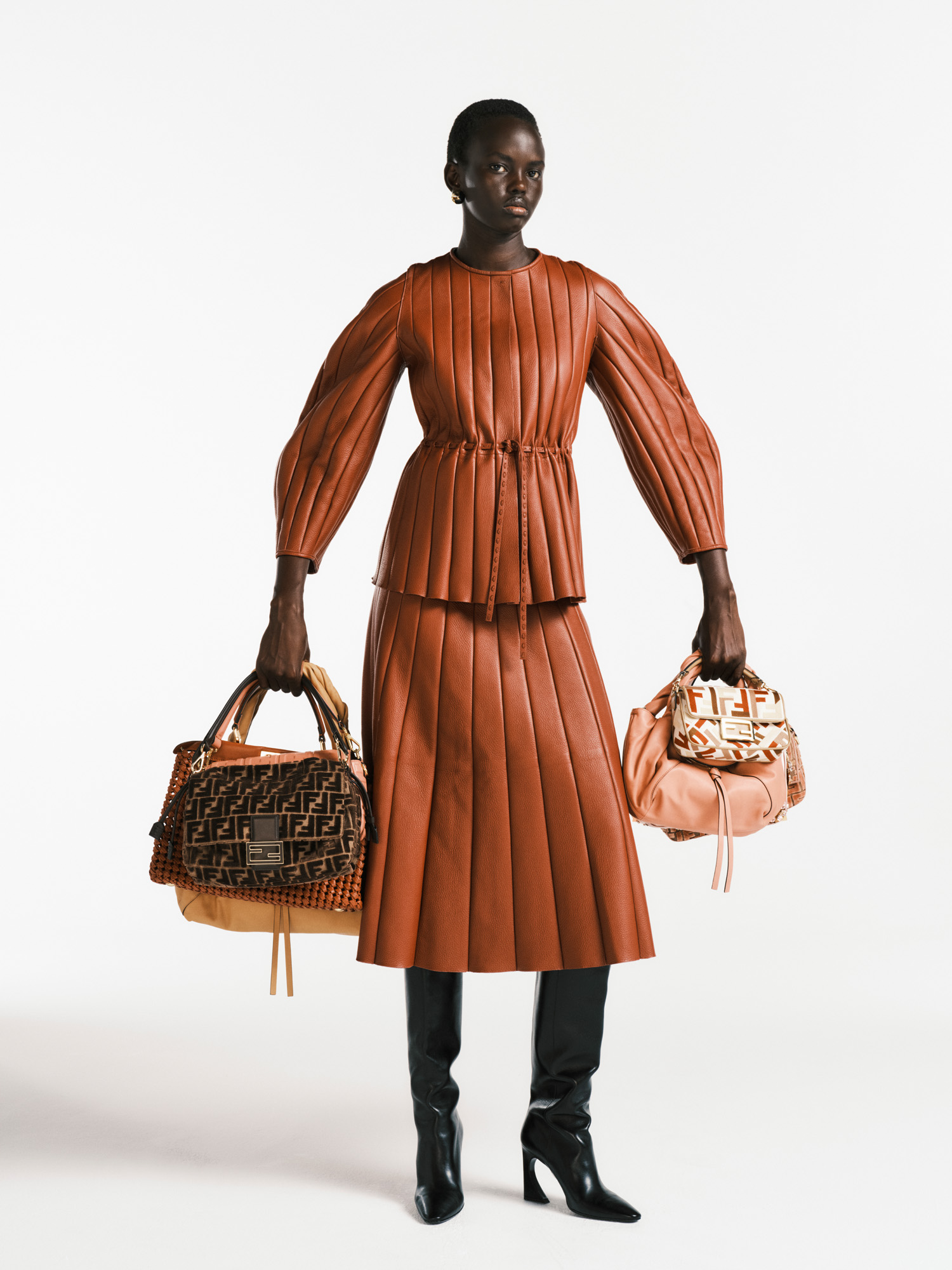
Top, £7,800; skirt, £6,300; boots, £1,550; earrings, £390; bags, from £1,650, all by Fendi (enquire fendi.com)
So when it comes to Fendi, she’s seen it all. And if she’s seen it before, she doesn’t want to see it again. ‘If it reminds me of something we’ve already done, then we can’t do it. We move on,’ she says. She learnt such mantras from Lagerfeld, a towering figure of fashion who was nonetheless insistent about never undertaking a retrospective of his work during his lifetime (it was not until after his death that the Costume Institute, at New York’s Metropolitan Museum of Art, hosted the career-spanning ‘Karl Lagerfeld: A Line of Beauty’, in 2023). ‘He was always interested in the moment. The past was the past, and the future we don’t know. So let’s live in the moment. It has shaped my view.’
‘Karl Lagerfeld was always interested in the moment. The past was the past, and the future we don’t know. It has shaped my view’
Silvia Venturini Fendi
Rome itself is a city of unavoidable history, where daily life unfolds around the hulking ruins of past civilisations. Fendi, which celebrates 100 years this year, is part of this history, too – a byword for Roman style that’s woven into the city’s topography. It’s on the first billboard you see after border control at Leonardo da Vinci airport, and its flagship store is just down the road from the Spanish Steps, while numerous landmarks, including the Grotto of Diana at Villa d’Este, the Temple of Venus and Rome, and the Trevi Fountain, have been restored by the house in a series of ambitious, multimillion-euro projects. At the last, Lagerfeld hosted the house’s 90th-anniversary couture show, ‘Legends and Fairytales’, in 2015. In an act of true fashion magic, a transparent runway gave the appearance that the models were walking on the fountain’s waters.
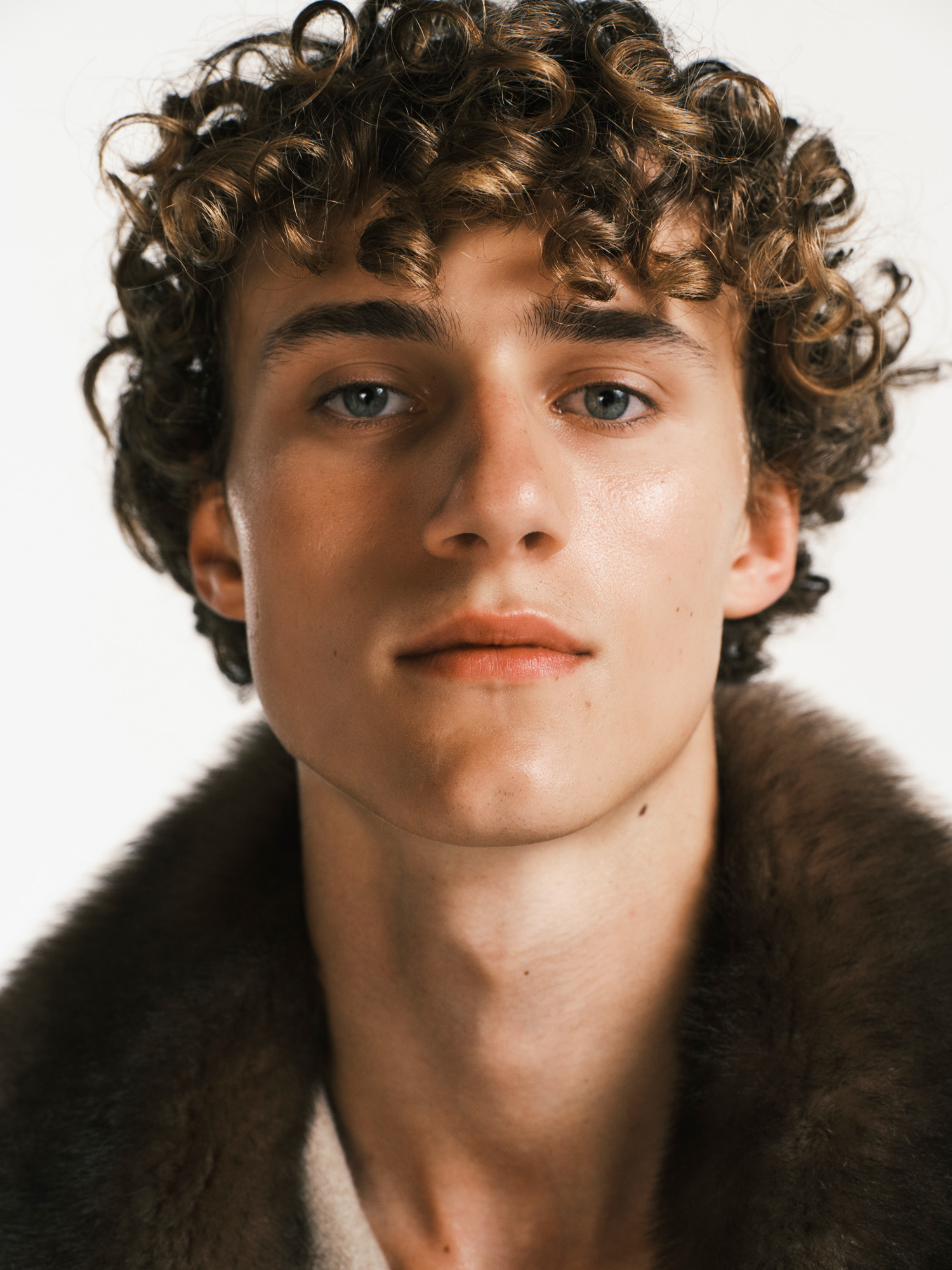
Coat, £3,900; stole, £4,300, both by Fendi (enquire fendi.com)
‘Rome can give so much information, suggestions, emotions,’ says Venturini Fendi. ‘You really see the coexistence of different eras, but also inspirations, movements, styles, architecture. It’s always a place of information. But it’s not like living in a museum. When you are a Roman, you look at everything, you use it. Everything you touch has a story. I live in a very old house – if I dig in my garden, who knows what I would find.’
It could well be a metaphor for her role at Fendi, where, despite her desire to honour the past (a conversation with Venturini Fendi is peppered with reminiscences of her mother, her childhood, her aunts, the atelier), there is no desire to dig up the garden, nor raise the dead. Instead, she relates to the past not through what she calls ‘scientific research’, but the more tremulous act of memory – interpretation over fact, emotion over logic. It’s why she rarely visits the house’s archive, located on the lower ground floor of the Fendi HQ at Palazzo della Civiltà Italiana, though she works in the design studio just six floors above. Even when it came to designing her A/W 2025 collection, presented in February in Milan and doubling as the start of the house’s centenary celebrations, she did not look at past garments. ‘I tried to avoid any precise reference because, to me, anniversaries are beautiful, but you don’t want it to be a retrospective or nostalgic.’
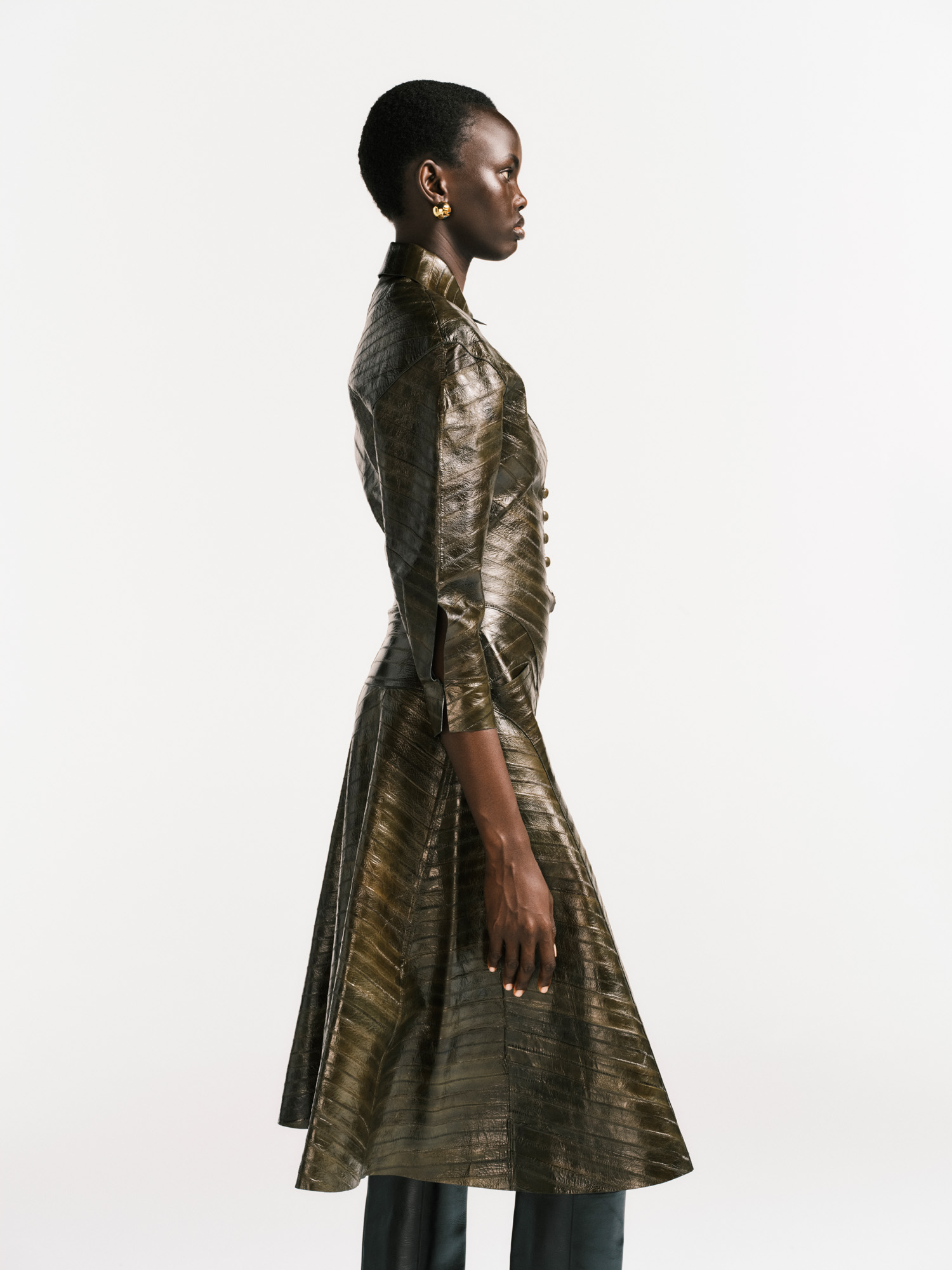
Dress, £11,800; boots, £1,550; earrings, £390, all by Fendi (enquire fendi.com)
We talk in Venturini Fendi’s glass-walled corner office – affectionately known as ‘the aquarium’ – on the sixth floor, which offers an expansive view of Rome’s industrial hinterlands and the surrounding countryside. Like everything in the city, the building has a past – in this case, a darker one, having been commissioned by Benito Mussolini as the centrepiece of his reimagined ‘Roman Empire’, but later abandoned by the Fascist leader after the onset of the Second World War. Comprising a monolithic travertine block, perforated by 216 arches, it’s a sharp, modernist interpretation of the Coliseum, and it gained a new lease of life as the Fendi HQ in 2015 after a renovation by local firm Marco Costanzi Architects.
Receive our daily digest of inspiration, escapism and design stories from around the world direct to your inbox.
‘Rome can give so much information, suggestions, emotions. You really see the coexistence of different eras, but also inspirations, movements, styles, architecture’
Silvia Venturini Fendi
‘It’s a building that had been forgotten for a long time, which was a good thing, because it belonged to a particular moment in history,’ says Venturini Fendi. That said, she appreciates that it is linked to a celebration of labour and industry – ‘to work, and to Italian creativity’. Around its base are a series of 28 neoclassical sculptures, which imagine Italy’s various trades in mythic style. It’s a nod to the way that Fendi, since its beginnings as a leather and fur workshop, has been a house of craft and making. Founded in 1925 by her grandparents, it was foremost a furrier, though it also created leather goods (fur remains, but it is now just a small part of a larger fashion empire, LVMH having acquired a major stake in it in 2000). And these values endure. ‘Fendi has always been a very luxurious company. Buying a fur [back then] was like buying jewellery – it was special.’
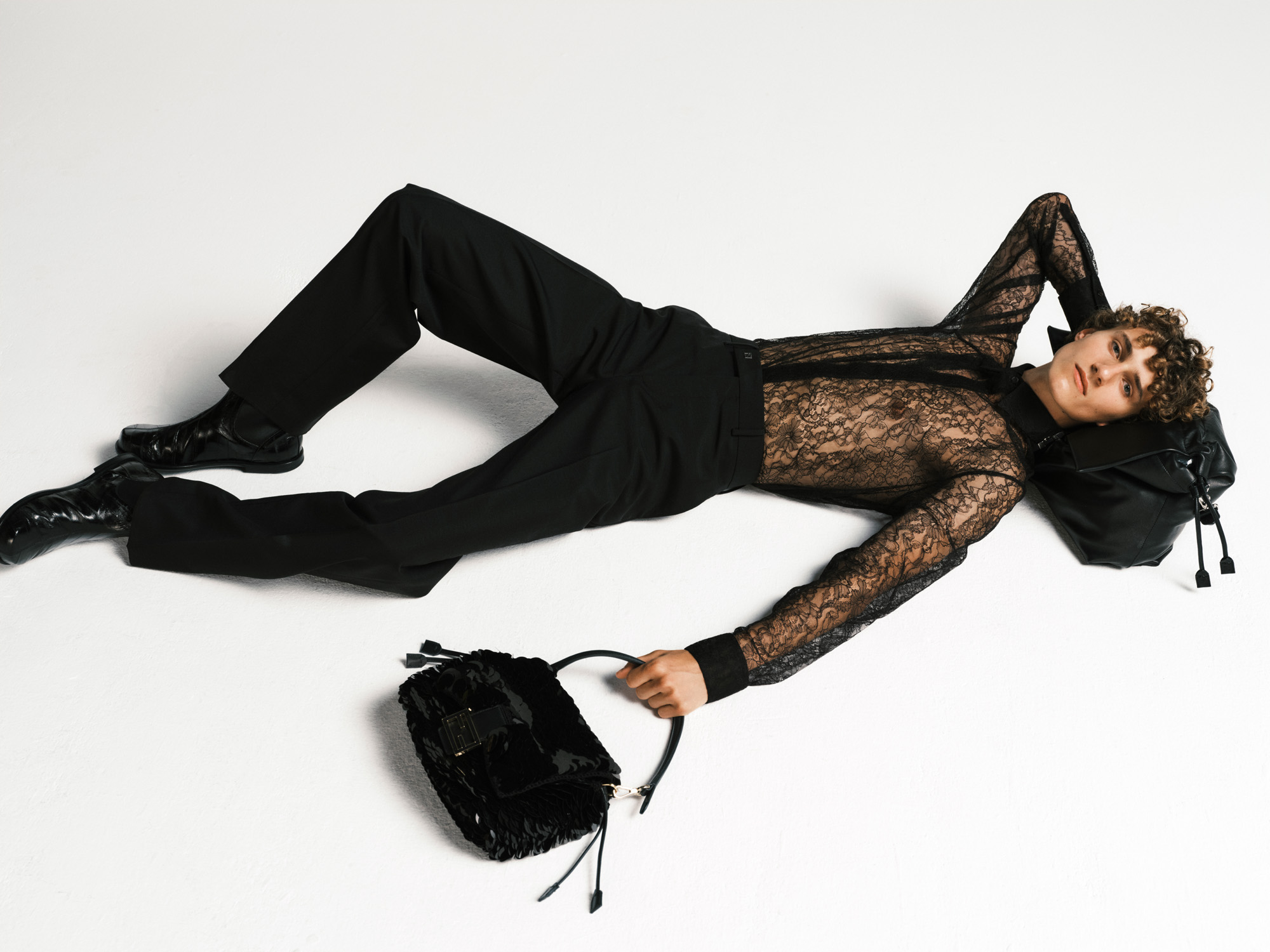
Shirt, £1,250; trousers, £4,050; boots, £1,100; bag (under head), £4,050; bag (in hand)£4,400, all by Fendi (enquire fendi.com)
Venturini Fendi is currently in the middle of preparing a second collection as the sole creative director of the men’s, women’s and accessories collections, following the centenary show earlier this year. Held at the house’s recently renovated Milanese HQ on Via Solari as part of the city’s fashion week, the co-ed show played out on a vast carpeted runway with a guest list that included Luca Guadagnino, Elizabeth Olsen and Sarah Jessica Parker (the last’s role in Sex and the City would play a part in immortalising Venturini Fendi’s most enduring creation, the ‘Baguette’ bag). At the start of the show, Venturini Fendi’s seven-year-old twin grandsons Dardo and Tazio – the children of her daughter Delfina Delettrez Fendi, the house’s artistic director for jewellery – pulled open a huge set of doors designed to recall those of the historic atelier and store on Via Borgognona.
‘The idea was to have this allegorical moment, opening a door to create a passage from past to future,’ she says, noting that their vast size was intended to evoke the feeling she had when visiting the Fendi workshops as a child. ‘Everything looked oversized and important and magical, almost like Alice in Wonderland,’ she recalls. To complete the full-circle moment, the twins wore recreations of a Lagerfeld-designed outfit that Venturini Fendi had worn at a similar age for a Fendi campaign. ‘That was the moment where I really felt the energy of being involved. The adrenaline that fashion can give in those 15 minutes is so strong. My grandchildren are waiting for the next show because they think they will be in it every time – they loved all the attention,’ she laughs. ‘I probably created two monsters.’
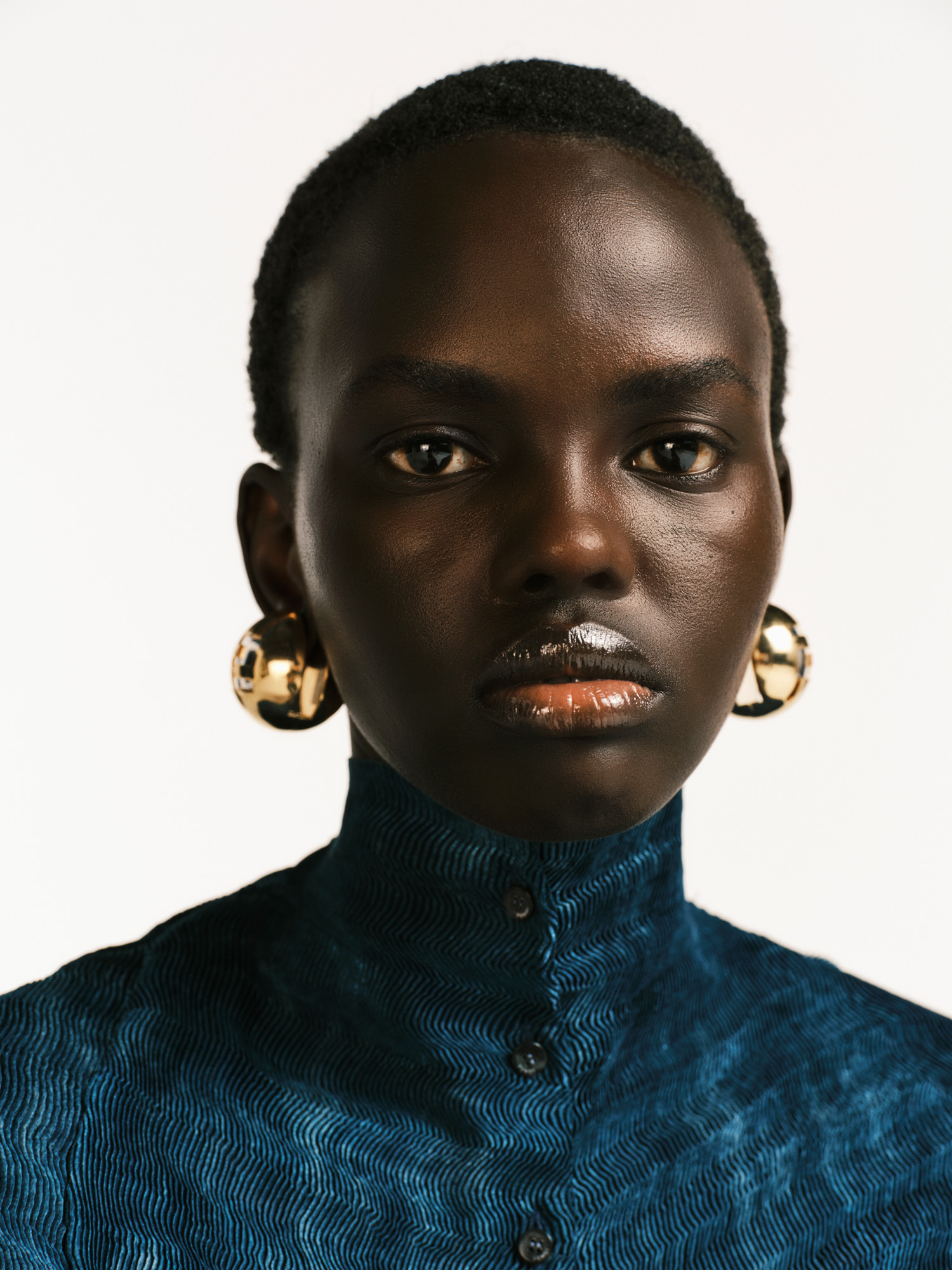
Dress, £2,150; earrings, £530, both by Fendi (enquire fendi.com)
The show itself captured a mood of insouciant Roman glamour, which, for womenswear, shifted between an hourglass silhouette – plissé in construction and descending into a frilled ‘lettuce’ hem – and flourishes of ‘fur’, from intarsia and gheronato patchwork coats and jackets to stoles, some of which dragged along the floor as models walked. Bar one chevron coat in mink (‘for tradition’), each was an ‘illusion’ – in a painstaking act of craft by the Fendi fur atelier, the ‘fur’ was actually shearling, treated like fur pelts and meticulously trimmed and dyed to resemble fox, mink and sable. Such experimentations take her back to her mother and aunts, who radically shifted the construction of a fur coat by removing the lining for lightness, or turning it inside out so that the leather skin was on the exterior. ‘They were considered crazy to try and demolish a status symbol,’ she says. ‘When you have such a long history behind you, you look at it, but you have to find a way to translate it for tomorrow.’
‘When you have such a long history behind you, you look at it, but you have to find a way to translate it for tomorrow’
Silvia Venturini Fendi
The response to the show was rapturous, though Venturini Fendi already knew it was a good collection. She had felt it since the fittings, where she watched the models – a cast of Fendi muses past and present, from Doutzen Kroes and Yasmin Le Bon to Karen Elson and Penelope Tree – occupy the clothing with confidence, an energy that continued backstage. ‘I could feel how empowered those women were,’ she says. ‘I was thinking about all the beautiful people that I’ve seen wearing Fendi, and who have been nourishing my imagination and taste.’ It comes back to the essence of Fendi, which is difficult to pin down – the house has never had a definitive silhouette to riff on, like Christian Dior’s Bar jacket or Yves Saint Laurent’s Le Smoking tuxedo – but when captured, it is undeniable. ‘I think from the reaction on the night, people were like, that’s Fendi. And to me, that’s how Fendi should be.’ Reviewers agreed, with many observers noting that a large part of this was down to Venturini Fendi’s singular position as a third-generation member of the fashion dynasty. ‘A rich yet unsentimental example of the value of familial ties and insider knowledge,’ said The Cut’s Cathy Horyn; ‘She seems to know Fendi-ness by heart,’ said WWD.
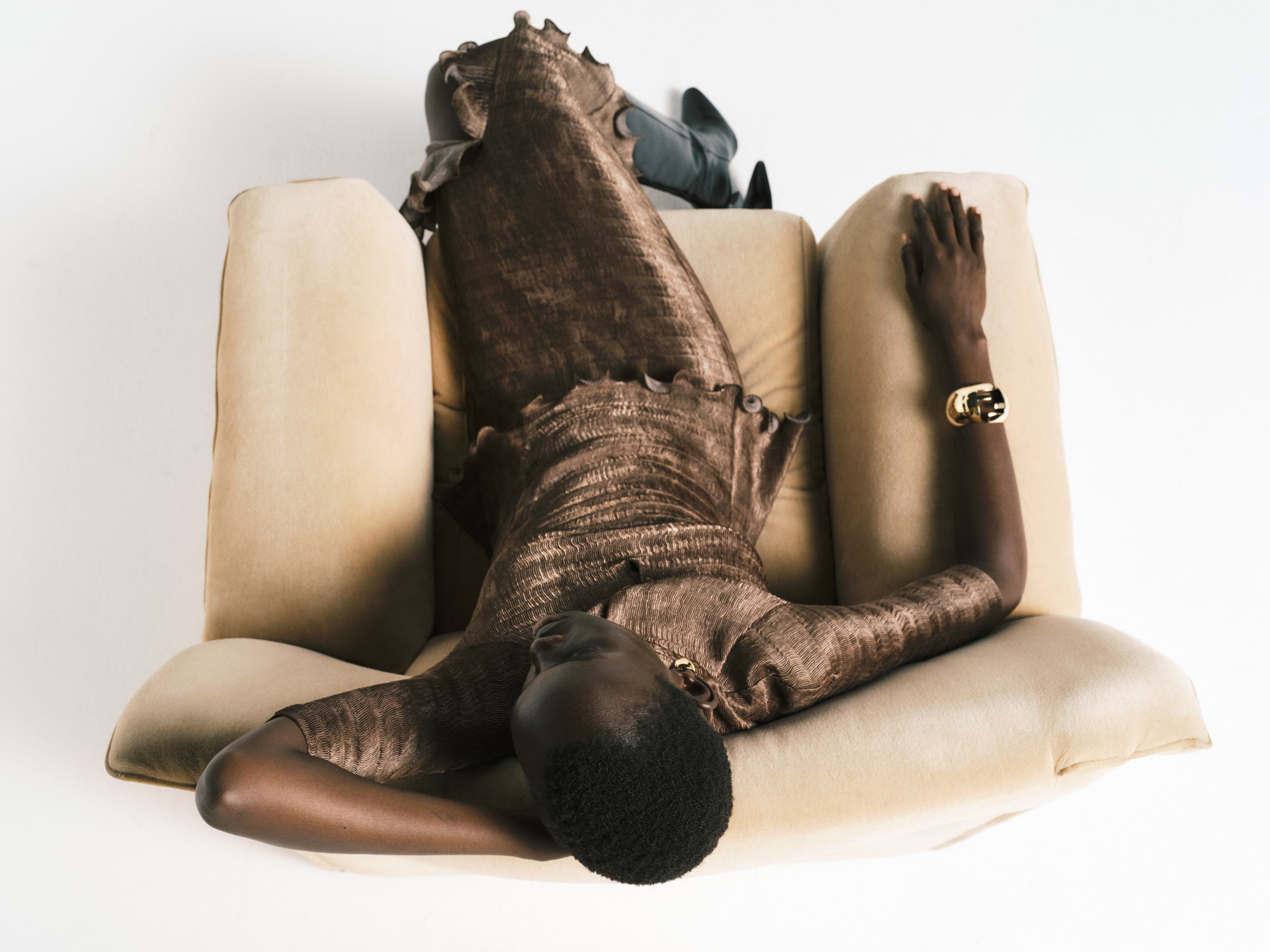
Top, £1,300; skirt, £1,100; boots, £1,550; earrings, £390; cuff, £890, all by Fendi (enquire fendi.com). ‘Lauriana’ armchair, by Afra and Tobia Scarpa, for B&B Italia, available for hire from Accoutrement
Venturini Fendi recognised her life was different to others as a child, largely because of the ways her mother dressed her and her sisters. ‘She worked day and night, but she still loved fashion, she loved beauty – she always saw the aesthetic life as substantial. From an early age, she taught us to be very different individuals from the rest – in the 1960s, all the girls were dressed in pastel colours, while we were in grey, navy or black.’ One trip to the beach with her nanny and two sisters prompted commiserations from a shopkeeper, who thought that, because they were dressed all in black, they were from a local orphanage.‘We had to say, no, it’s just fashion,’ says Venturini Fendi, with a smile. This is part of what she calls a transmission of taste. Because, while the world bristles at ‘nepo babies’, there is an undeniable weight to knowledge that’s passed from generation to generation. After all, this is the traditional way of Italian craft workshops and bottegas, where technique lives on through its transmission from parent to child.
‘I’ve tried to teach my own children by example,’ she says. ‘I’m not the kind of mother who is there giving them lessons, but I think that they look to me, and how I behave. With Delfina, I feel very proud – she has a great sense of fashion, she recognises beauty.’

This page, coat, £9,100; trousers, £870; sunglasses, £380; gloves, £680, all by Fendi (enquire at fendi.com). Vintage leather sofa, available to hire from Monument (enquire monumentgallery.co.uk)
Who knows what the next chapter in the Fendi story will be – LVMH is yet to announce whether Jones’ role as artistic director of womenswear and couture will be replaced by somebody external. But for now, Venturini Fendi is happy she gets a chance to do another show, and to write her own slice of history. ‘It’s going to be interesting to be represented in the archive. I want people to say, maybe she didn’t do so many collections but the ones she did, they were good, deep, smart – a moment. Some companies change a lot, but we don’t. Karl was here 54 years. If you go in the archive and there are just these four collections by me, that’s enough.’
A version of this story appears in the September 2025 Style Issue of Wallpaper*, available in print on newsstands, on the Wallpaper* app on Apple iOS, and to subscribers of Apple News +. Subscribe to Wallpaper* today
Models: Ajak at Established, Finlay at Models 1. Casting: Ikki Casting at WSM. Set design: Maya Angeli. Hair: Masayoshi Fujita at Of Substance using Oribe. Make-up: Sandra Cooke using 111 Skin and Merit. Manicure: Cherrie Snow at Snow Creatives using Joonbyrd. Digi tech: John Cronin. Photography assistant: Pablo Gallegos. Set design assistant: Archie Thomson. Fashion assistant: Lucy Proctor. Production assistant: Ady Huq.
Jack Moss is the Fashion & Beauty Features Director at Wallpaper*, having joined the team in 2022 as Fashion Features Editor. Previously the digital features editor at AnOther and digital editor at 10 Magazine, he has also contributed to numerous international publications and featured in ‘Dazed: 32 Years Confused: The Covers’, published by Rizzoli. He is particularly interested in the moments when fashion intersects with other creative disciplines – notably art and design – as well as championing a new generation of international talent and reporting from international fashion weeks. Across his career, he has interviewed the fashion industry’s leading figures, including Rick Owens, Pieter Mulier, Jonathan Anderson, Grace Wales Bonner, Christian Lacroix, Kate Moss and Manolo Blahnik.
-
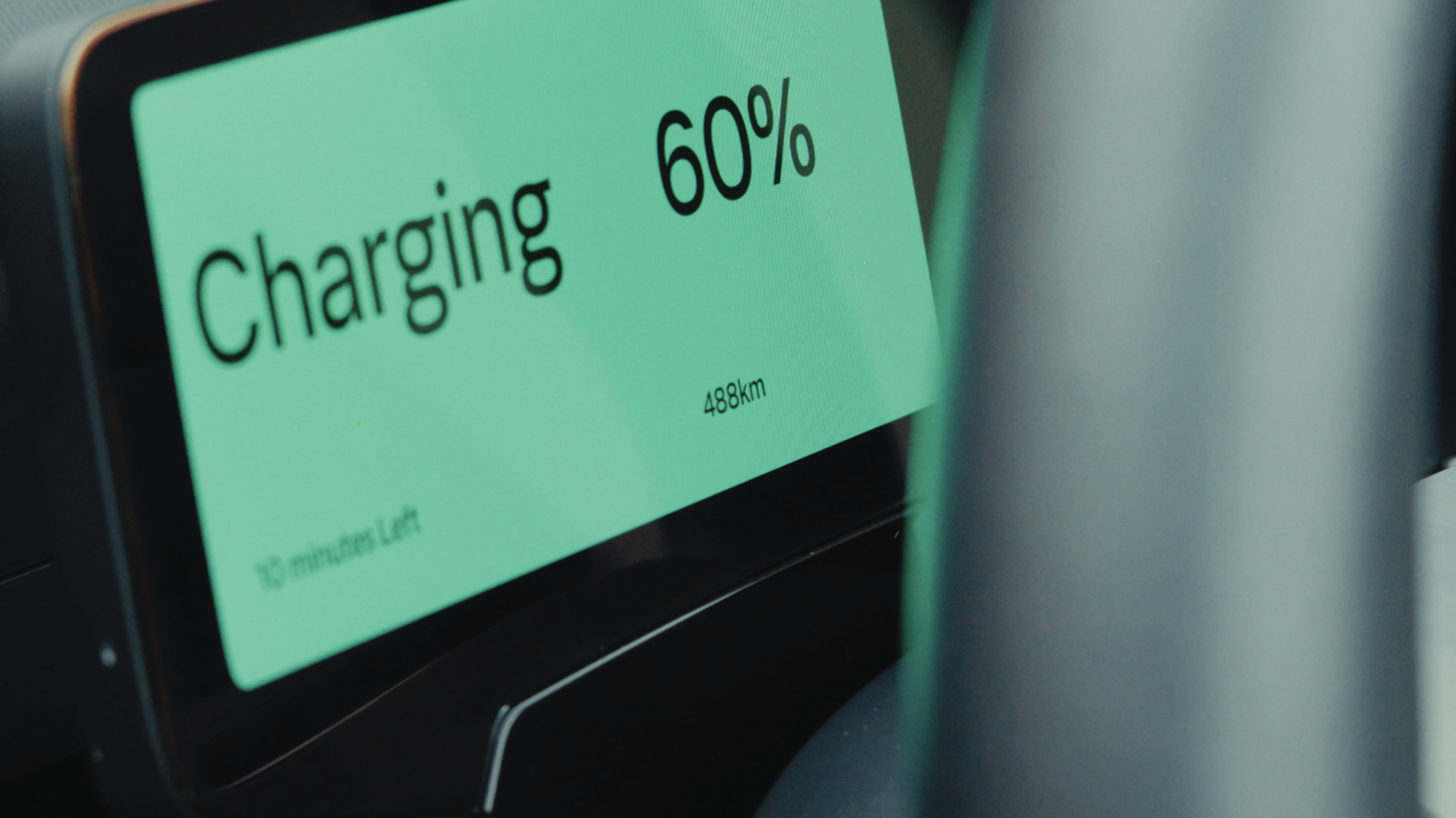 Volvo’s quest for safety has resulted in this new, ultra-legible in-car typeface, Volvo Centum
Volvo’s quest for safety has resulted in this new, ultra-legible in-car typeface, Volvo CentumDalton Maag designs a new sans serif typeface for the Swedish carmaker, Volvo Centum, building on the brand’s strong safety ethos
-
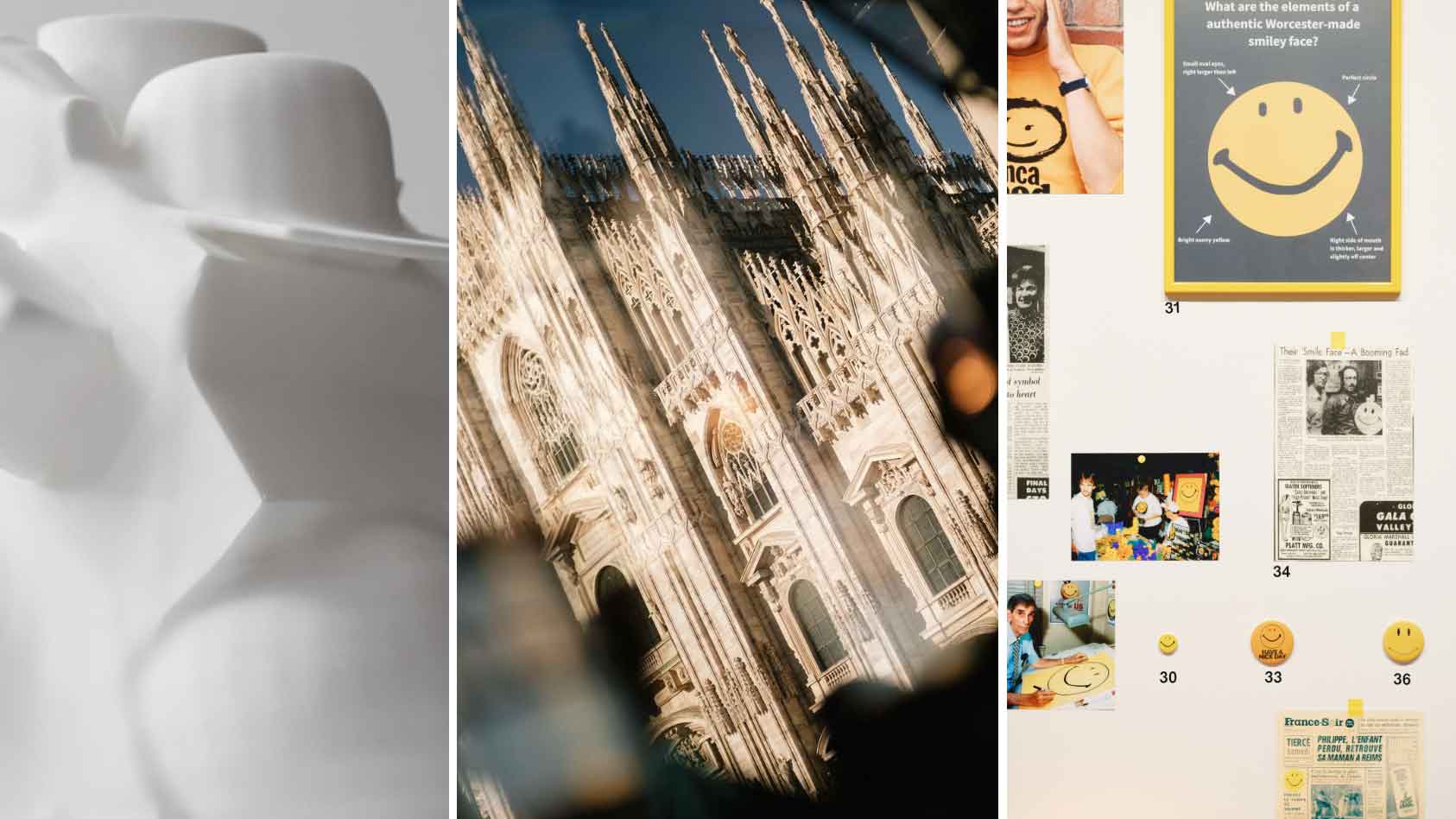 We asked six creative leaders to tell us their design predictions for the year ahead
We asked six creative leaders to tell us their design predictions for the year aheadWhat will be the trends shaping the design world in 2026? Six creative leaders share their creative predictions for next year, alongside some wise advice: be present, connect, embrace AI
-
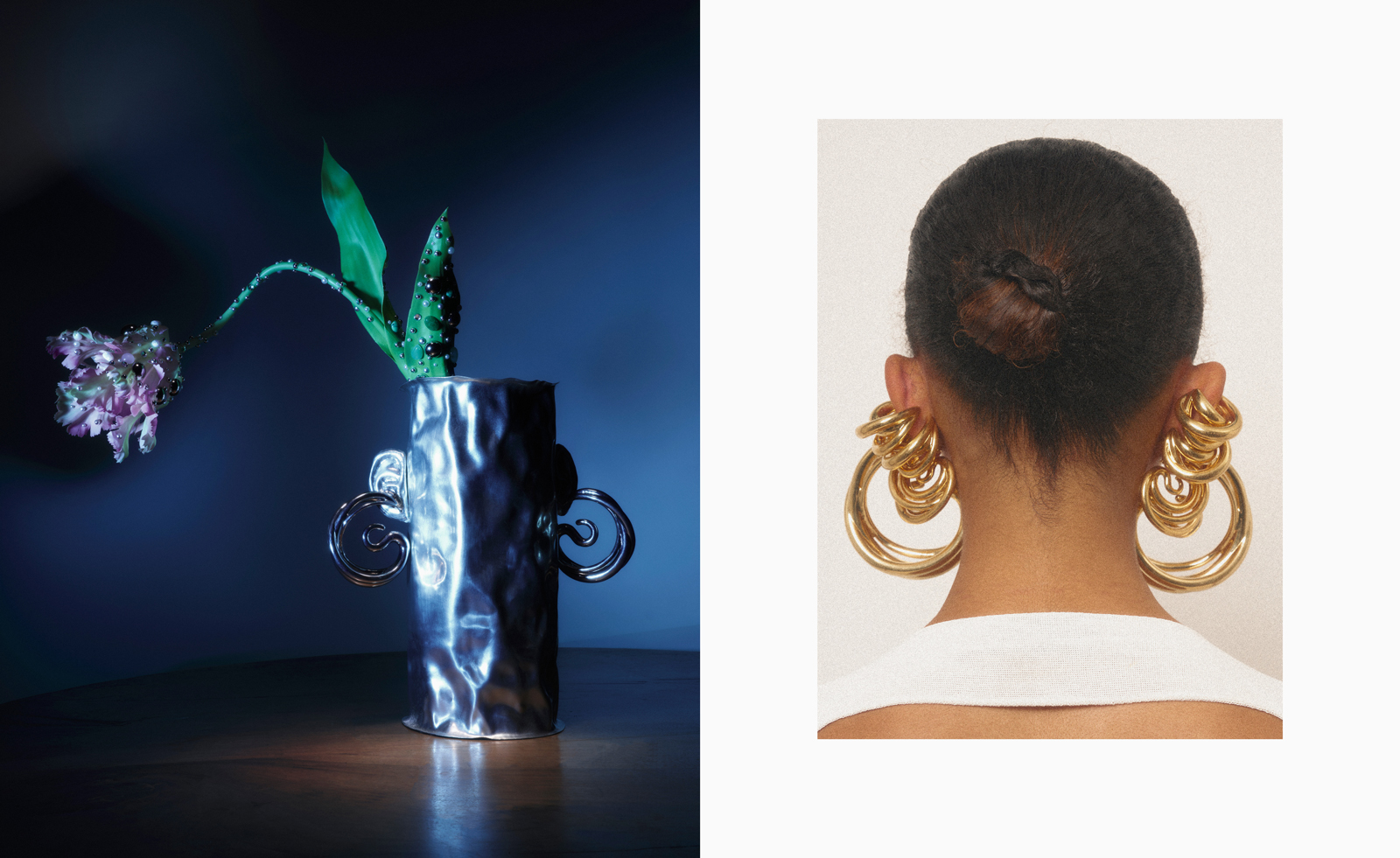 10 watch and jewellery moments that dazzled us in 2025
10 watch and jewellery moments that dazzled us in 2025From unexpected watch collaborations to eclectic materials and offbeat designs, here are the watch and jewellery moments we enjoyed this year
-
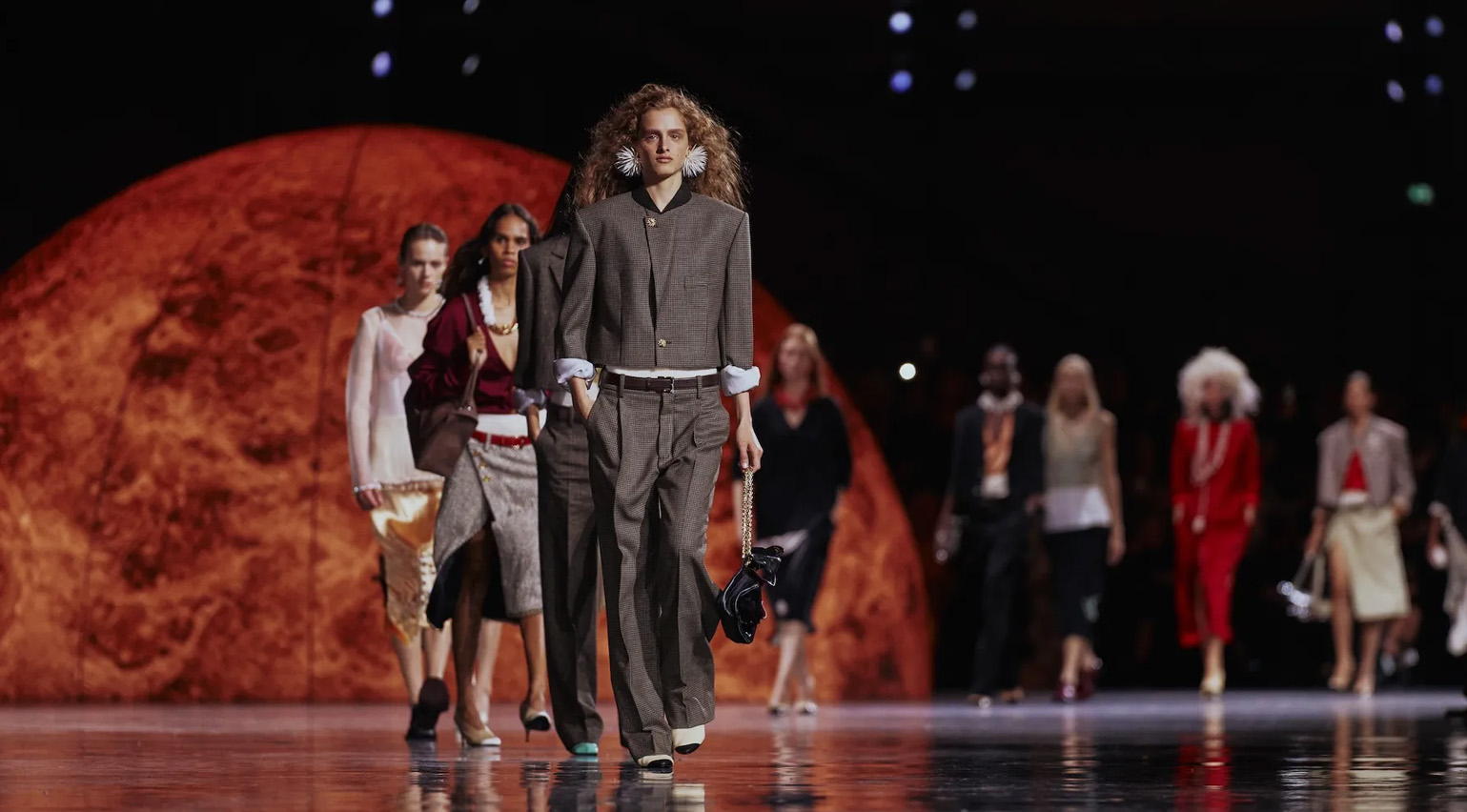 Debuts, dandies, Demi Moore: 25 fashion moments that defined 2025 in style
Debuts, dandies, Demi Moore: 25 fashion moments that defined 2025 in style2025 was a watershed year in fashion. As selected by the Wallpaper* style team, here are the 25 moments that defined the zeitgeist
-
 Maria Grazia Chiuri is returning to Fendi as chief creative officer
Maria Grazia Chiuri is returning to Fendi as chief creative officerThe former Dior designer is Fendi’s new chief creative officer – a move which will see her return to the Italian house where she began her career in 1989
-
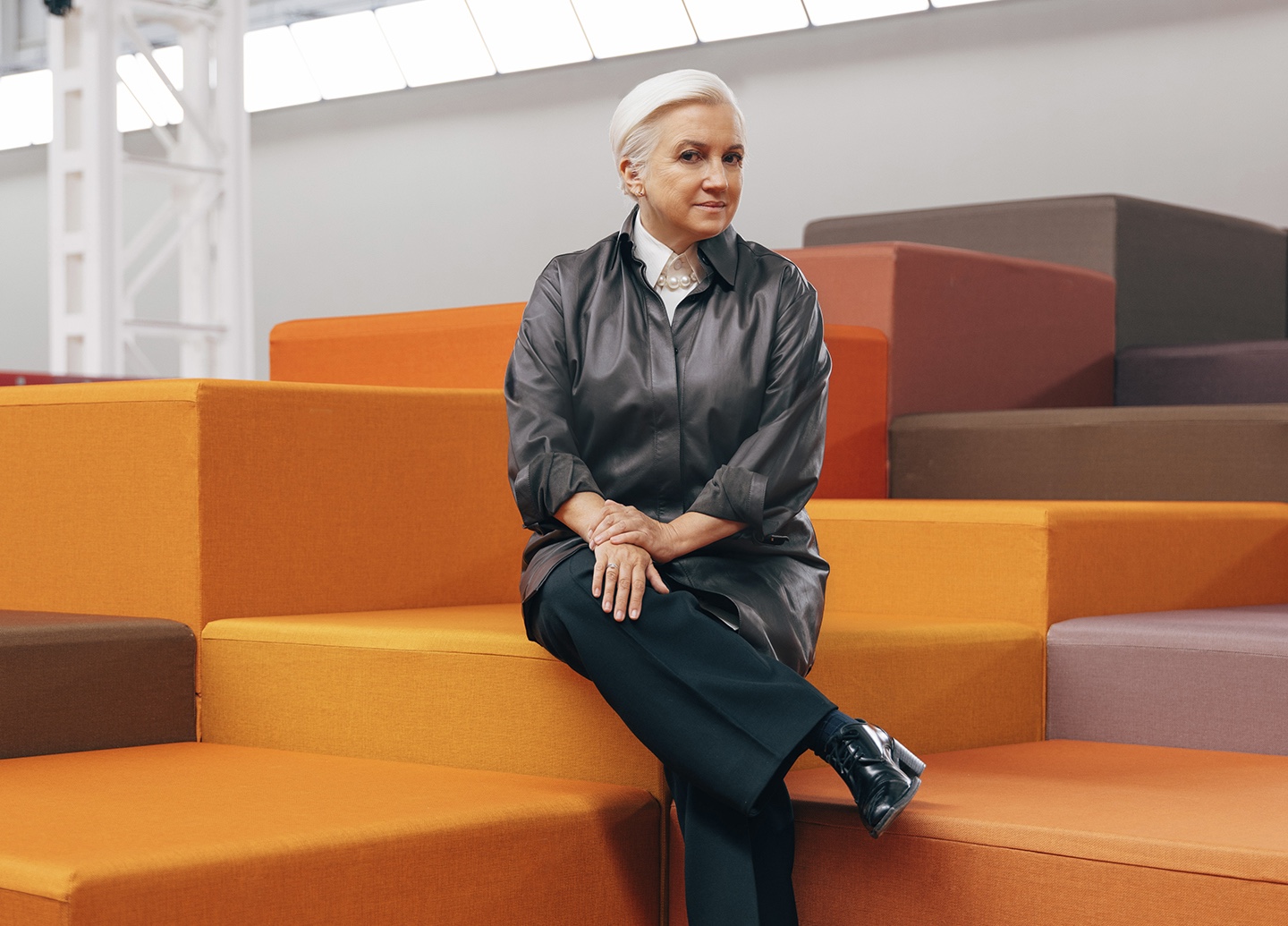 Silvia Venturini Fendi to become ‘honorary president’ of Fendi as the Roman house enters a new era
Silvia Venturini Fendi to become ‘honorary president’ of Fendi as the Roman house enters a new eraThe third-generation member of the Fendi family is to step back from her current position designing the house’s men’s and women’s collections as the Roman house seeks a new ‘creative organisation’
-
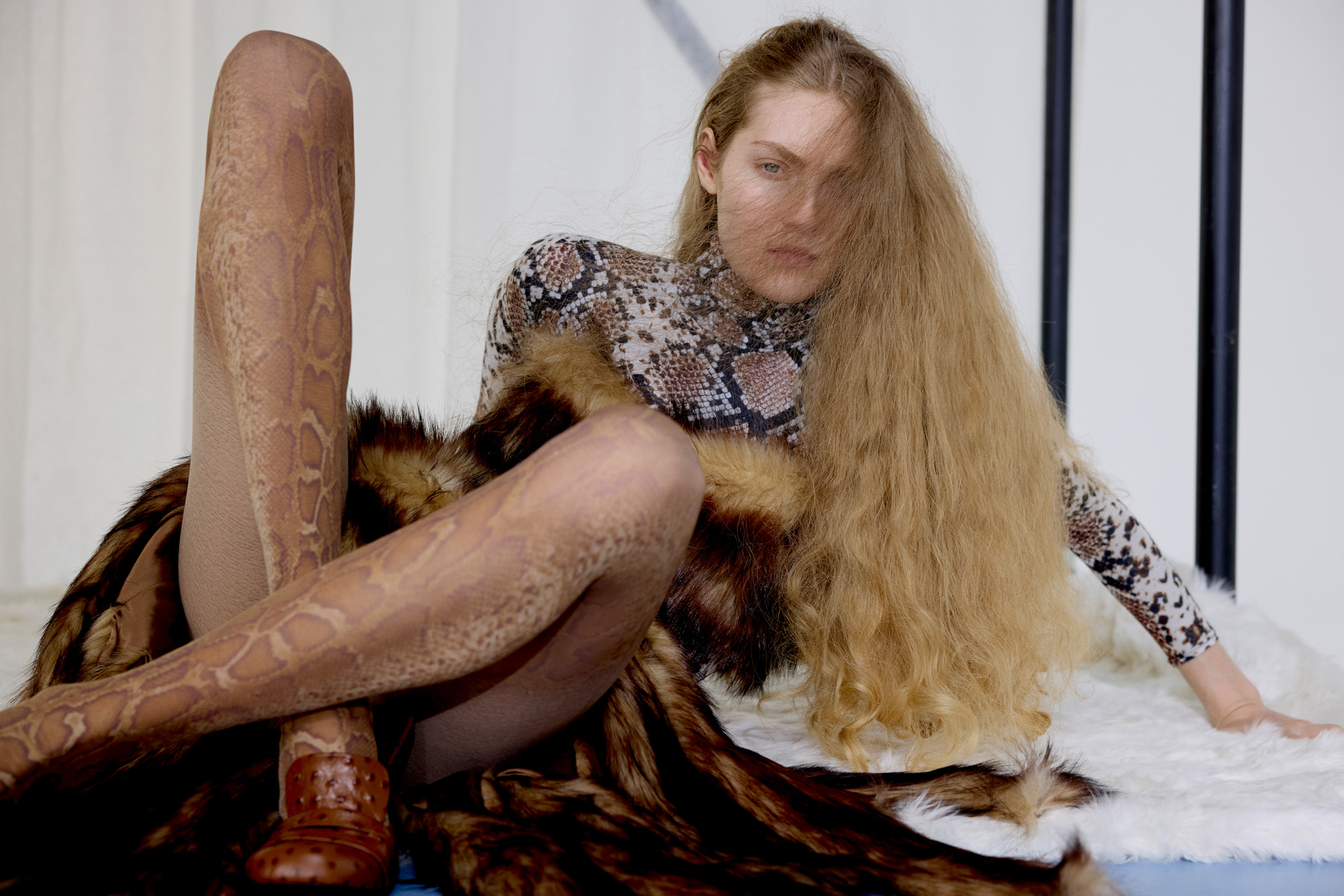 Wild side: the story behind our September 2025 Style Issue cover shoot
Wild side: the story behind our September 2025 Style Issue cover shootAn animalistic mood permeated the A/W 2025 collections, captured by Nicole Maria Winkler and Jason Hughes in our September 2025 Style Issue cover shoot. Here, they tell the story behind the pictures
-
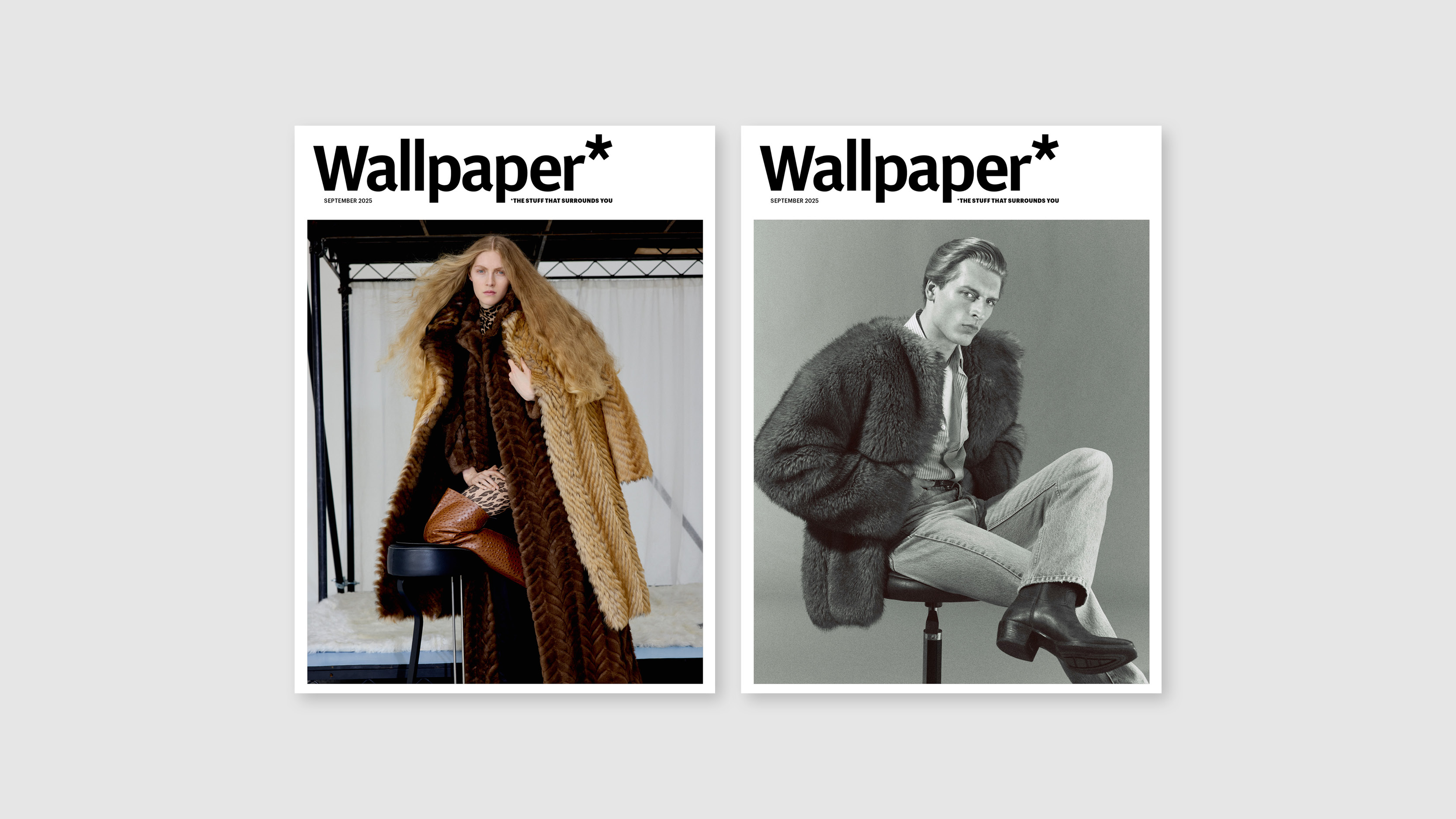 Get A/W style wrapped up – the September issue of Wallpaper* is on sale now
Get A/W style wrapped up – the September issue of Wallpaper* is on sale nowEmbrace the trends of the season, from subtly subverted glamour to ‘dangerous’ menswear, and meet Silvia Venturini Fendi – all in Wallpaper’s September 2025 Style Issue, on newsstands now
-
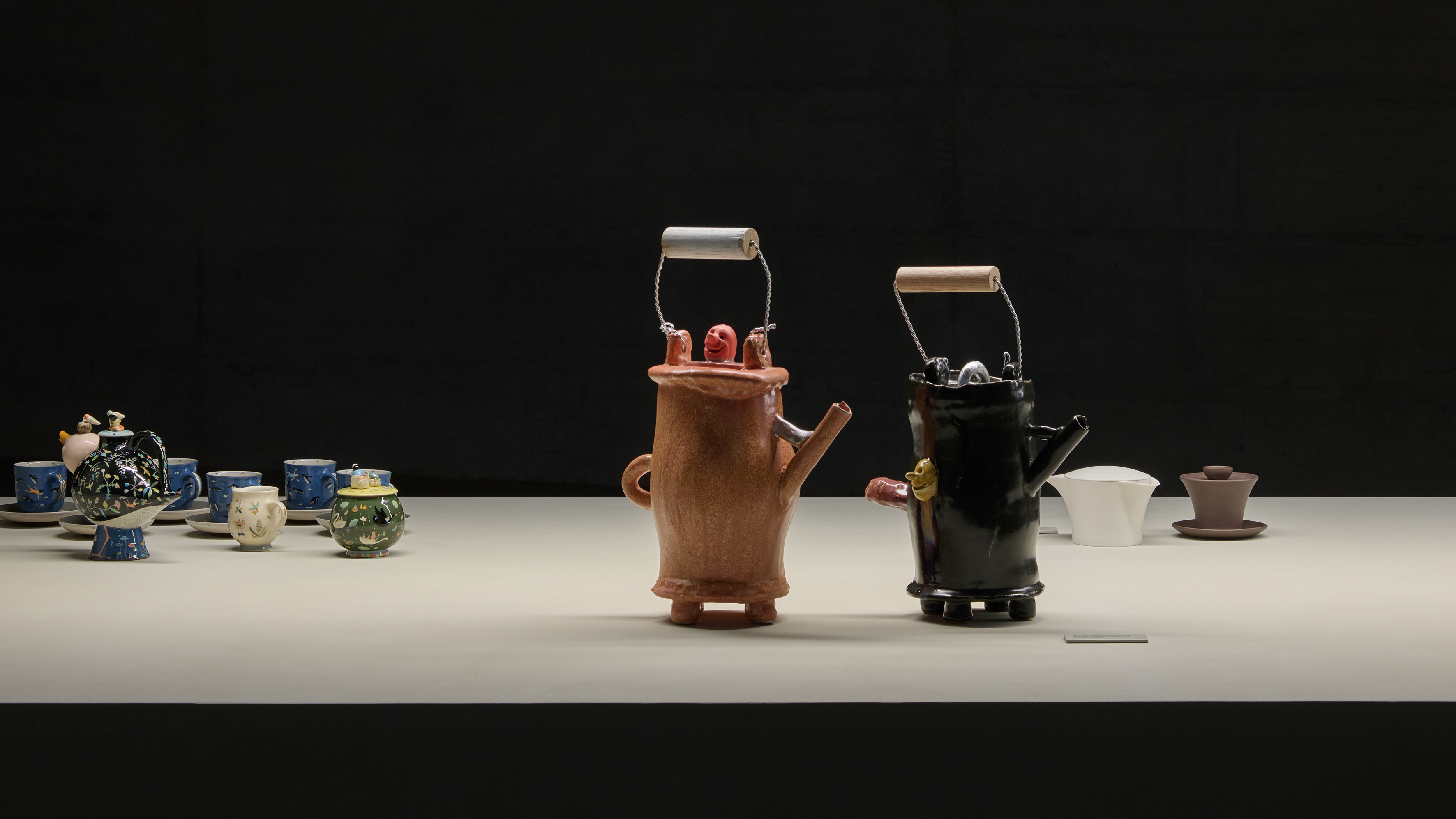 The best fashion moments at Milan Design Week 2025
The best fashion moments at Milan Design Week 2025Scarlett Conlon discovers the finest fashion moments at Salone del Mobile and Milan Design Week 2025, from Loewe’s artist-designed teapots to The Row’s first home collection
-
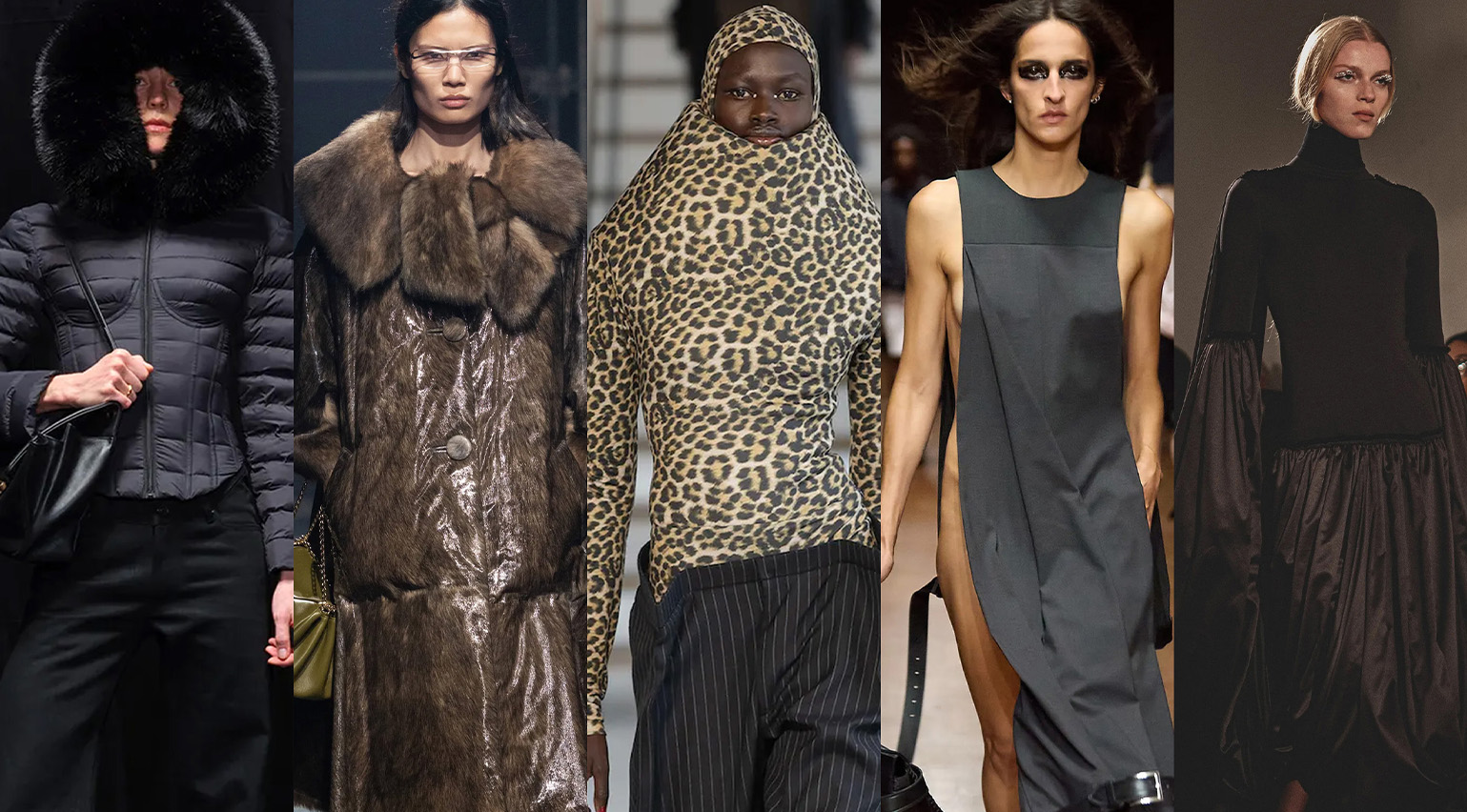 The Wallpaper* A/W 2025 trend report: raw glamour, waistlines and an animal instinct
The Wallpaper* A/W 2025 trend report: raw glamour, waistlines and an animal instinctAs Paris Fashion Week concludes, Wallpaper* fashion features editor Jack Moss unpacks five trends which defined the A/W 2025 season, from ‘raw glamour’ at Prada, sculpted waistlines at Givenchy, to looks made to cocoon and protect
-
 Fendi celebrates 100 years with an all-out runway show at its new Milan HQ
Fendi celebrates 100 years with an all-out runway show at its new Milan HQIn the wake of Kim Jones’ departure, Silvia Venturini Fendi took the reins for a special co-ed A/W 2025 collection marking the house’s centenary, unveiling it as the first act of celebrations within Fendi’s expansive new headquarters in Milan